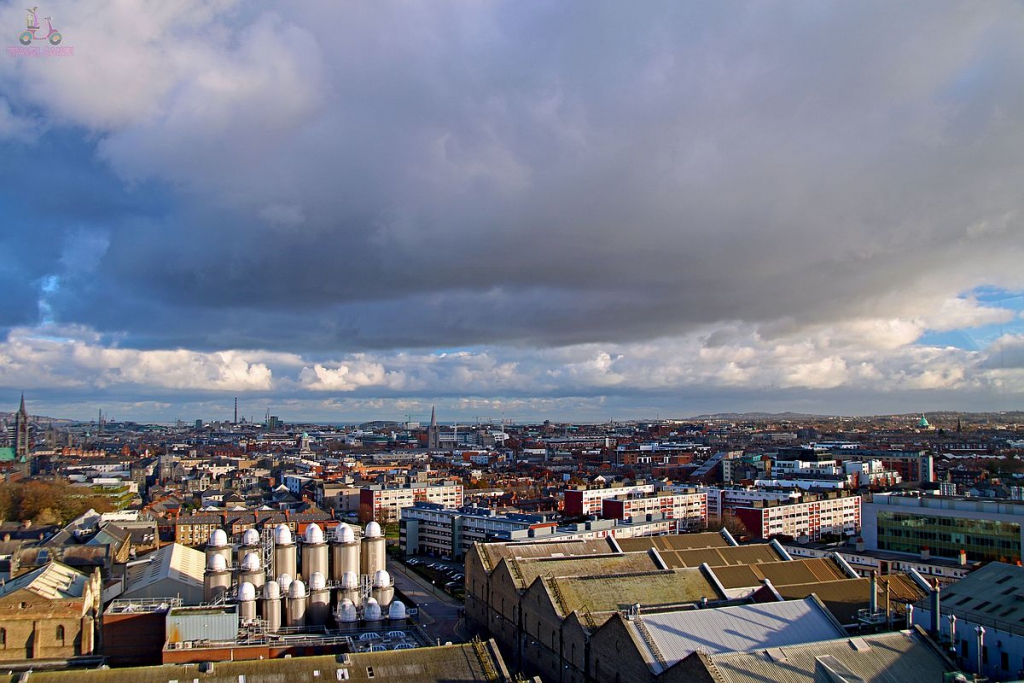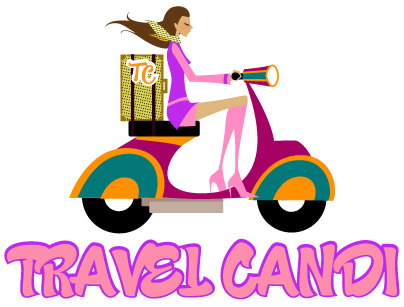Ireland
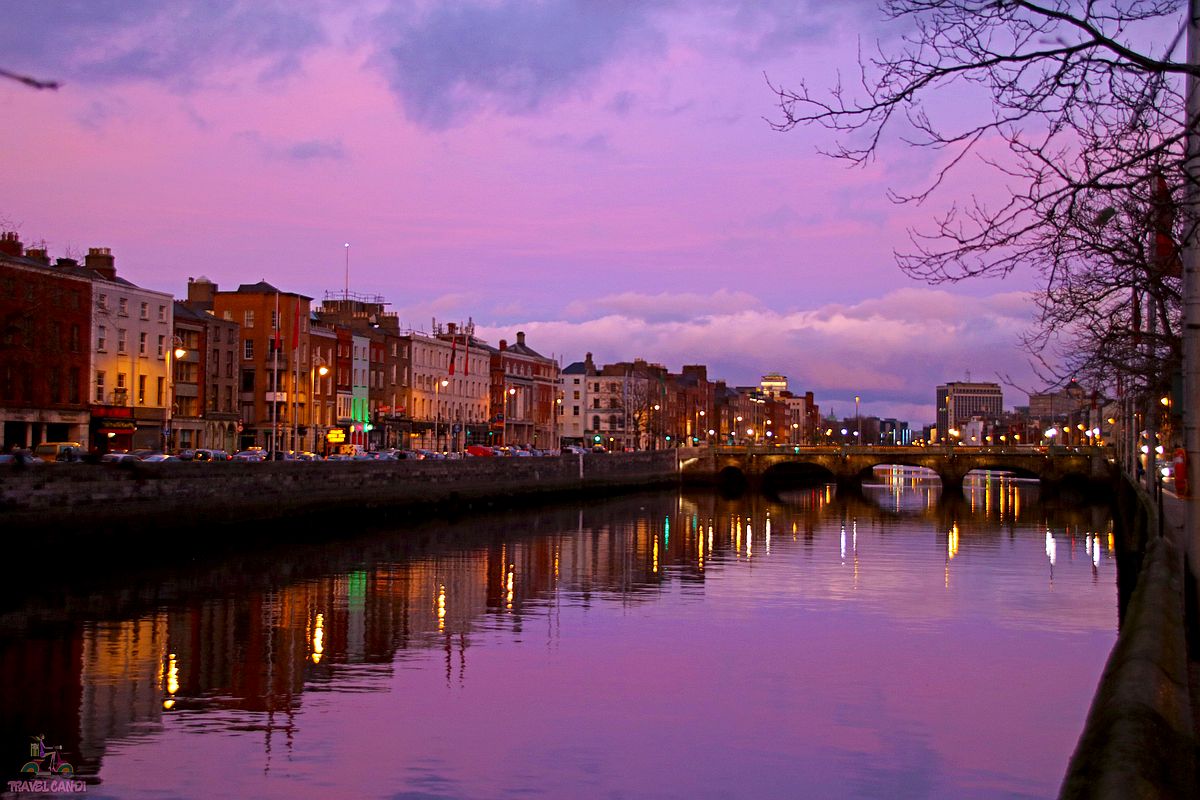
Céad mile fáilte – or “one hundred thousand welcomes” is an Irish saying you’re sure to hear during your time in this amazing country. The hospitality of Irish folk is not overrated or cliché. The Irish are welcoming, helpful, and happy to enjoy a friendly conversation with visitors. I definitely left the Emerald Isle with some new buddies.
Ireland, formally known as the Republic of Ireland, is a remarkable country filled with castles, cliffs, greenery, whiskey and ultra-friendly locals. Since the country is small in size, it makes exploring its entirety easy – no matter how long you have here.
You won’t regret your visit to Ireland.
Getting There And Around
Most international passengers arrive to Ireland via Dublin Airport, although Cork servers as another major entry point. Visitors to Ireland from the European Union, the United States, Australia, New Zealand, and Canada are not required to obtain a visa prior to arriving. Visitors can stay in the country for up to ninety days. The Republic of Ireland is not a member of Schengen – so, like the U.K., it is also a great place to travel through when planning on staying in Europe slightly longer.
What I thought was really cool is that Ireland’s immigration entry stamp is even green!
Many visitors who want to see the entire island opt to rent a car during their stay. Ireland’s roads connect to even the smallest towns. Renting a car is an excellent way to see remote castles and destinations, but it can also be pricey. Traveling internally via train is affordable and efficient. All of Ireland’s main destinations are connected via rail. This country participates in the Eurail pass, so it’s a great way to save some money while hopping around.
Bus routes connect the major cities in Ireland and are also an affordable option. Bus travel within Ireland is reliable and comfortable, but due to many stops, it is often very slow.
Money
Ireland, an EU member country, uses the euro as its official currency. There are eight coins of the euro, ranging from one cent to two euros. The coins vary in metal, shape, and size. The coins with the lowest value are copper, and the one and two-euro coins are silver and gold colored. Banknotes, which range from 5-500, are colorful and also vary in size.
It’s good etiquette to tip in Ireland. When dining at restaurants, make sure to leave an additional 10-15% for a tip if a service charge has not been added into the bill. Tour guides in Ireland are extremely knowledgeable and helpful; if you enjoyed your tour, make sure to give your give your guide a tip at the end of the tour. It’s polite in Ireland to refuse a tip, so if this occurs, make sure you insist!
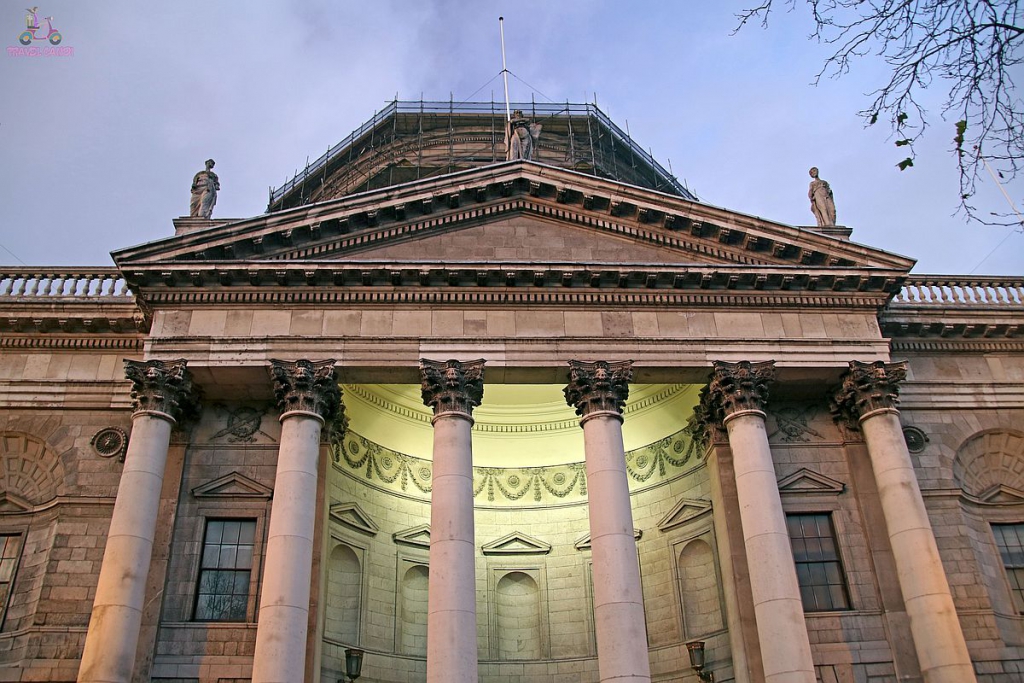
Language
The national language of the Republic of Ireland is Irish, although English is recognized (and widely used) as an official language.
Dia duit – Hello
Go raibh maith agat – Thank you
Slainte – Cheers
[ezcol_2third]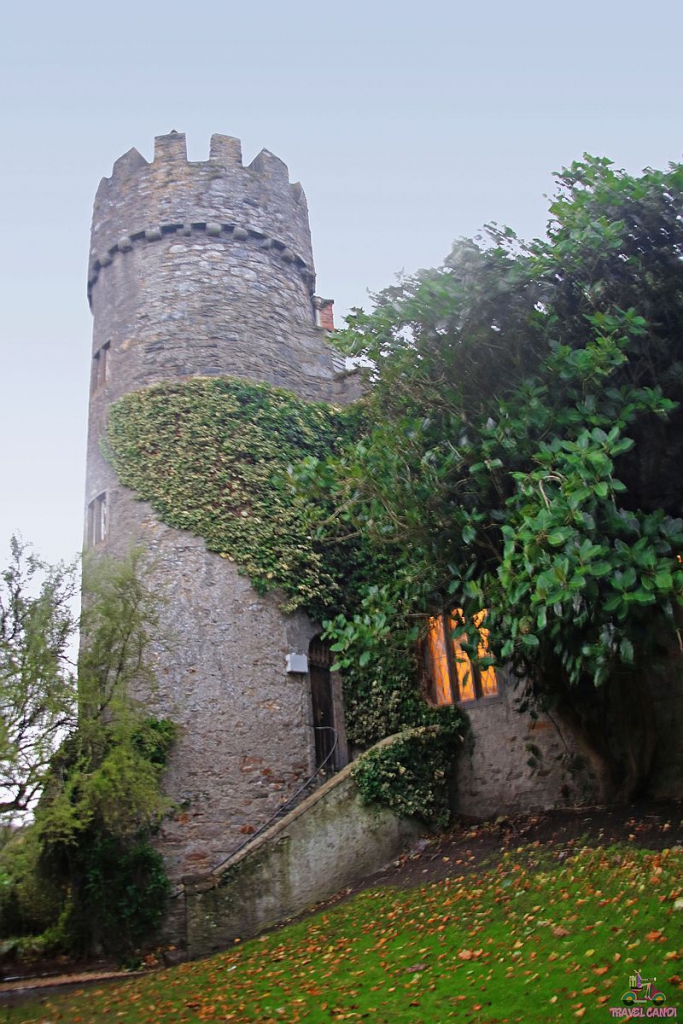
[/ezcol_2third][ezcol_1third_end]
Housing
Ireland has it all – hostels, guesthouses, private accommodations, chain and luxury hotels. There is something for every traveler. Lodging can be expensive in Ireland, especially if booked last minute. In order to get the best deal on accommodations, make sure to shop around and book in advance.
[/ezcol_1third_end]
Food
Irish cuisine is famous around the world. It’s hearty, delicious, and not too complicated. There’s something for everyone in Ireland, even for the pickiest of eaters. Fresh seafood, meat, potatoes and local vegetables are the main ingredients in Irish cooking. Don’t leave the island without trying soda bread (yeast-free bread), Irish stew (lamb stew with vegetables), cottage pie (beef and vegetables in a gravy covered in mashed potatoes), bangers and mash (sausages and mashed potatoes), beef and Guinness stew, smoked salmon, fish and chips (fried fish and French fries), or skirts and kidneys (pork stew). Of course, the famous Irish breakfast is also a must-try.
It’s true; the Guinness really does taste better in Ireland. Ireland is known worldwide for its incredible whiskey and delicious stout beers. Pubs are a part of culture in Ireland, so you should enjoy a whiskey and a pint (or two) at a local pub – it may just be one of your most memorable moments in Ireland. While Jameson is the most famous Irish whiskey, I’m a big fan of Powers and Connemara. Cheers!
[ezcol_1half]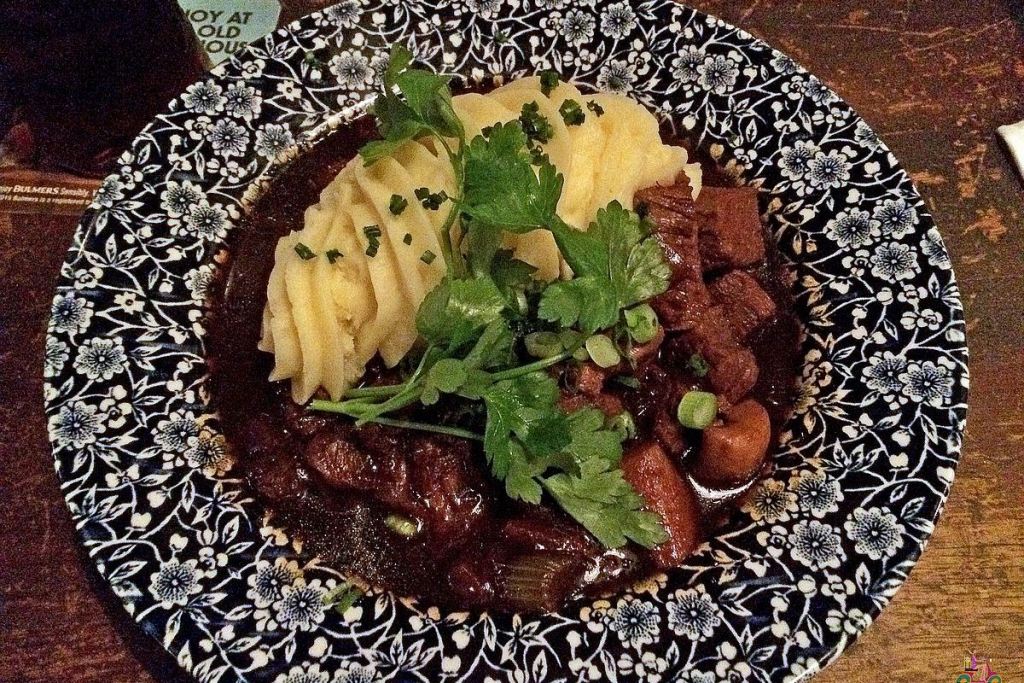
[/ezcol_1half][ezcol_1half_end]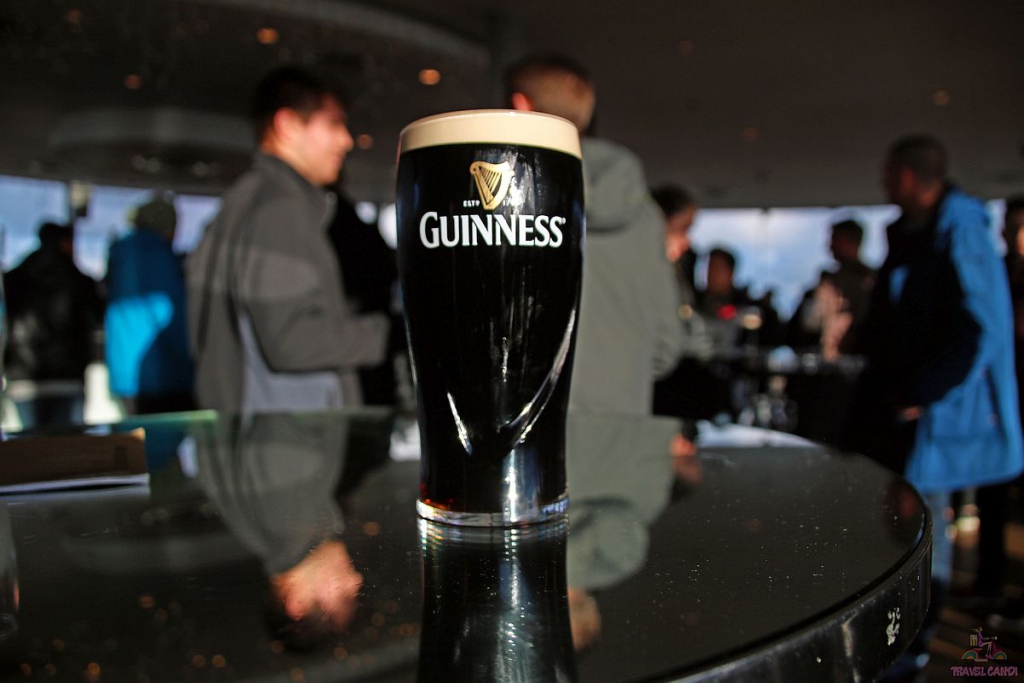 [/ezcol_1half_end]
[/ezcol_1half_end]
Save Cash
Ireland isn’t a budget country to travel to, by any means – especially if you plan on indulging in the country’s famous pub culture. To save some cash, make sure to eat in a pub. You’ll get to enjoy some of the local fare and maybe even make a new friend! Find a pub that’s outside of the touristy areas to save even more cash.
When traveling around, Ireland’s public transportation is efficient and easy to use. It’s the best way for a budget traveler to get around within a city. Taxis are expensive in Ireland.
Book popular attractions in advance online. Not only will you save money, but you won’t have to wait in line once you are there.
Stay Fit
I love the availability of public bicycles located throughout Ireland. In Dublin, these bikes are available throughout the city and offer very reasonable prices (the first thirty minutes are even free). Renting a bicycle is a great way to see the cities within Ireland and to stay active while sightseeing.
To stay fit while on holiday, Ireland’s diverse landscape provides active travelers with many options to choose from. Trails such as the Burren Way, Wicklow Way, and Sheep’s Head Way challenge walkers and hikers while offering breathtaking views of the Emerald Isle.
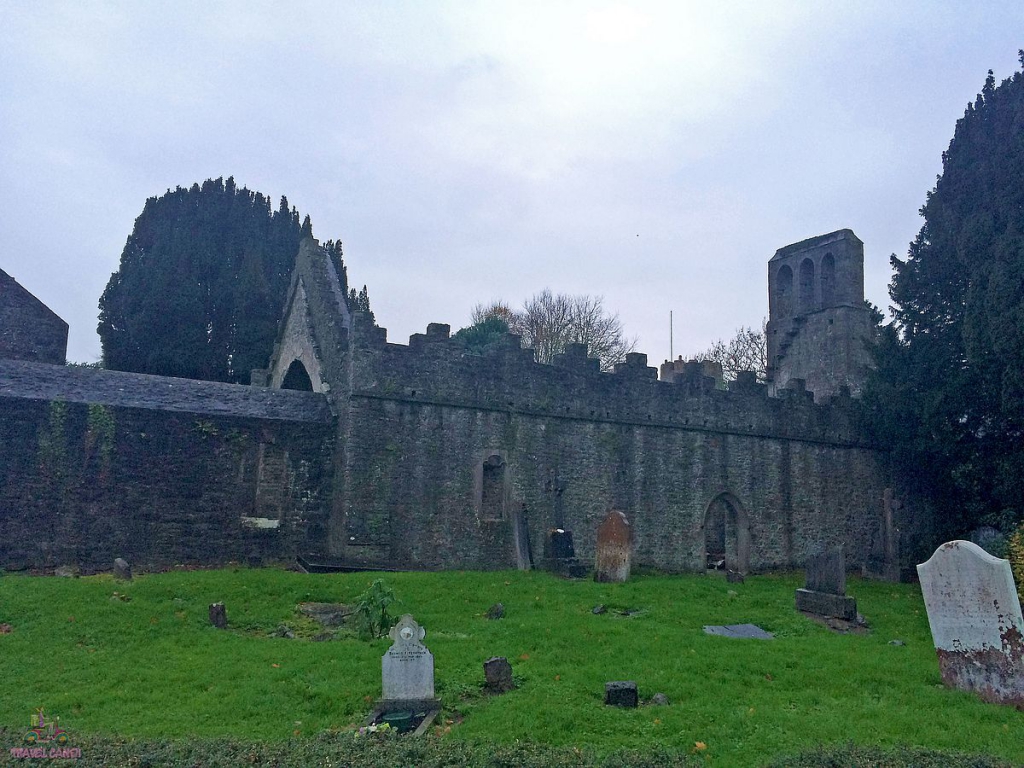
Stay Connected
Ireland is well connected, making it easier than ever for travelers to keep in touch. Wi-Fi is available free of charge for customers at hotels, cafes, bars, and restaurants.
Type G, three prong electrical outlets (the same as in the U.K.) are used in Ireland.
